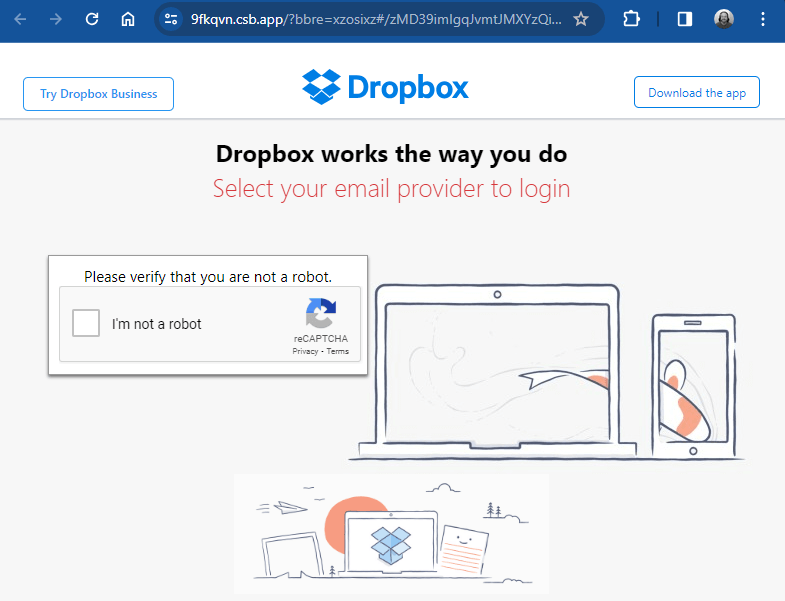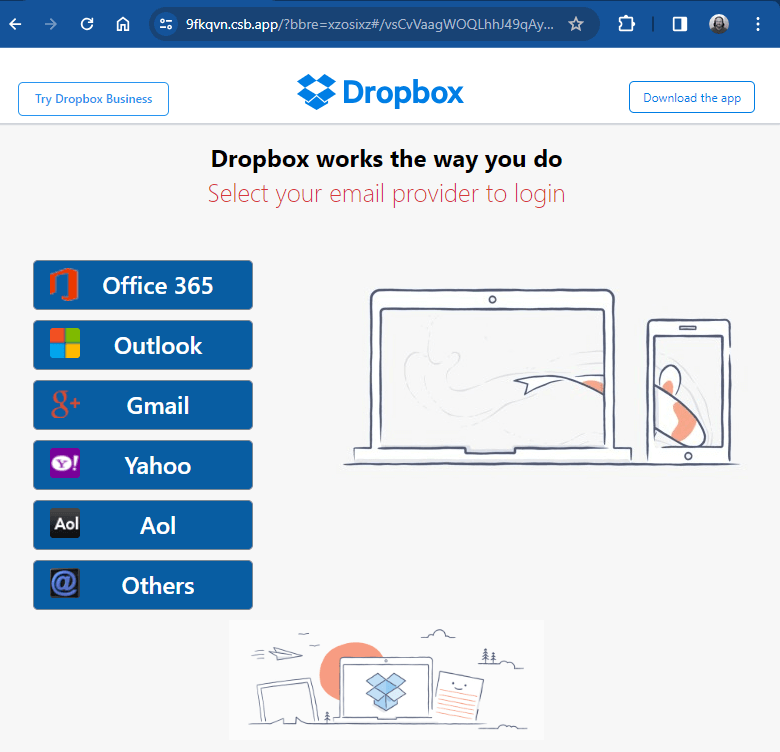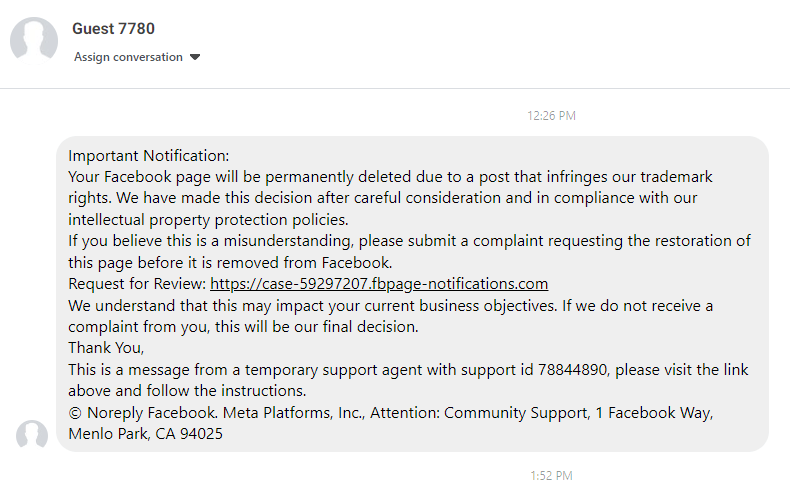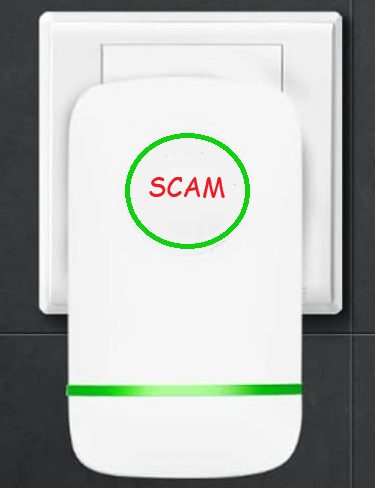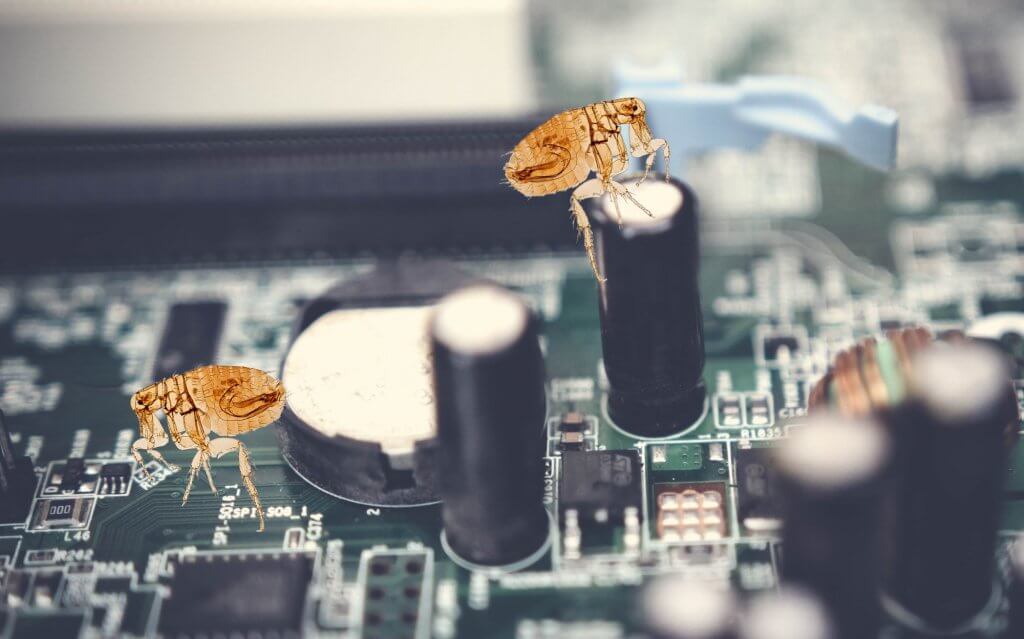A VPN (Virtual Private Network) is a tool for creating a secure connection between your computer and the websites you visit with it. It sounds like a sensible piece of protection for your computer. But do you need a VPN?
Most security companies would respond with an empathic Yes!, but keep in mind that they’re selling product. I should mention that I don’t use a VPN. I don’t foresee ever needing one, and I don’t recommend them for most people. Sure, there are legitimate reasons to use a VPN. But let me give you a lot of food for thought on this topic, and you may figure out that your VPN isn’t as necessary or helpful as the industry claims it is.
I Need Protection When I Travel
A common desire for using a VPN comes when people travel and go to use public Wi-Fi. There is a fear that jumping on a public internet connection will expose their data to nearby criminals, and that a VPN will shield them from harm.
This used to be true, many years ago. When surfing to insecure websites, all data passing from your computer to them would’ve been visible to others on the same network. But times have changed, (largely instigated by Edward Snowden).
In 2024, almost all websites are now Secure by default. When you click the icon to the left of the URL in your browser, it will tell you so. And that security means that your connection to that site is encrypted, and any nearby eavesdroppers will not be able to see what you are transmitting. All of this is to say: a VPN would not offer you any extra protection to you, as you surf the web from a Starbucks. Your browser already has you covered, and will warn you if you ever happen to visit an insecure website.
I Don’t Want Big Tech Snooping on Me!
I’m sorry. I don’t want them to snoop on me, either. Whether it’s Microsoft, Amazon, Facebook, Google, Salesforce, NVidia, Oracle… they’re all hoovering up our personal data and using it to make money. And ISPs also do this. I don’t condone this practice, and I think it stinks.
But a VPN doesn’t help much to stop this. Data collection on the internet has become very sophisticated and efficient and accurate. Who cares about cookies, when tracking can be done far better using Digital Fingerprinting?
Fingerprinting is essentially a fancy name for the way companies track you, using triangulation and unique information from your computers. As you visit a website, your advertising ID and other hardware tags may be collected from your PC. And one tech company, as they build a dossier on you, may share it and combine it with info from other companies. There are ways to interfere with digital fingerprinting, but a VPN is not effective at this.
It Will Protect My Computer from Hackers
This is simply not true. A VPN connection may change your internet connection, but it doesn’t make the computer impenetrable, from a remote-control standpoint. When clients have me service their computers remotely, my software allows me to “step into” their computers, wherever they are in the world. I can service a computer that is truly in Germany. I can also service a computer that appears to be in Ghana, due to a VPN program.
And if I can remotely-connect to a computer, that means all of the scammers can do the same. The good guys and the bad guys all use the same tools! They won’t care (or even notice) if you are running a VPN.
VPNs also have no effect on phishing attempts. A computer user can still be tricked by a deceptive email, which can take them to a website that steals their password. You’ll have to look elsewhere to safeguard against that kind of threat.
Other Detriments to Running a VPN
- It has a recurring cost.
- It may slow down your internet connection.
- The VPN company may collect data on your activity, and profit from that data.
- The VPN company may hand over your information and history, if they receive a subpoena, warrant or government request.
- The VPN company may overstate how much they protect you, and may not support you if you suffer a security incident.
When Should You Use a VPN?
There are appropriate times to use a VPN. The biggest and best reason is: Your employer is telling you to. Of course, you want to listen to your boss! If they mandate the use of a VPN, they are going to tell you exactly which one to use, and how to use it. That VPN may be necessary for you to do your job and access parts of their network that aren’t available to the rest of the world.
Another semi-legitimate reason for VPN usage is to access something that isn’t normally available in your country. For example, if you want to watch an Italian news channel from your location in the USA, it might not be allowed for your American IP address. But a VPN can make it look like your computer is in Venice, and that might allow you to view that restricted content. However, be careful if you attempt this. If you are caught bypassing such barriers, you could be banned from using that service or worse!
Finally, I do see streamers and other internet personalities using VPN software. This is for their protection, because they might be specifically targeted by cybercriminals and people with high-level hacking skills. But this is for celebrities and famous people with a significant internet footprint. If you’re a regular person like me, you won’t have to worry in this direction.


